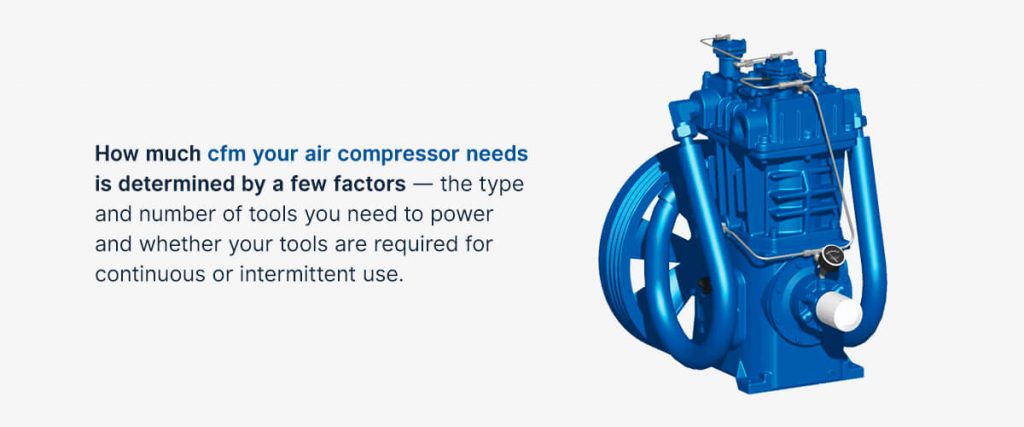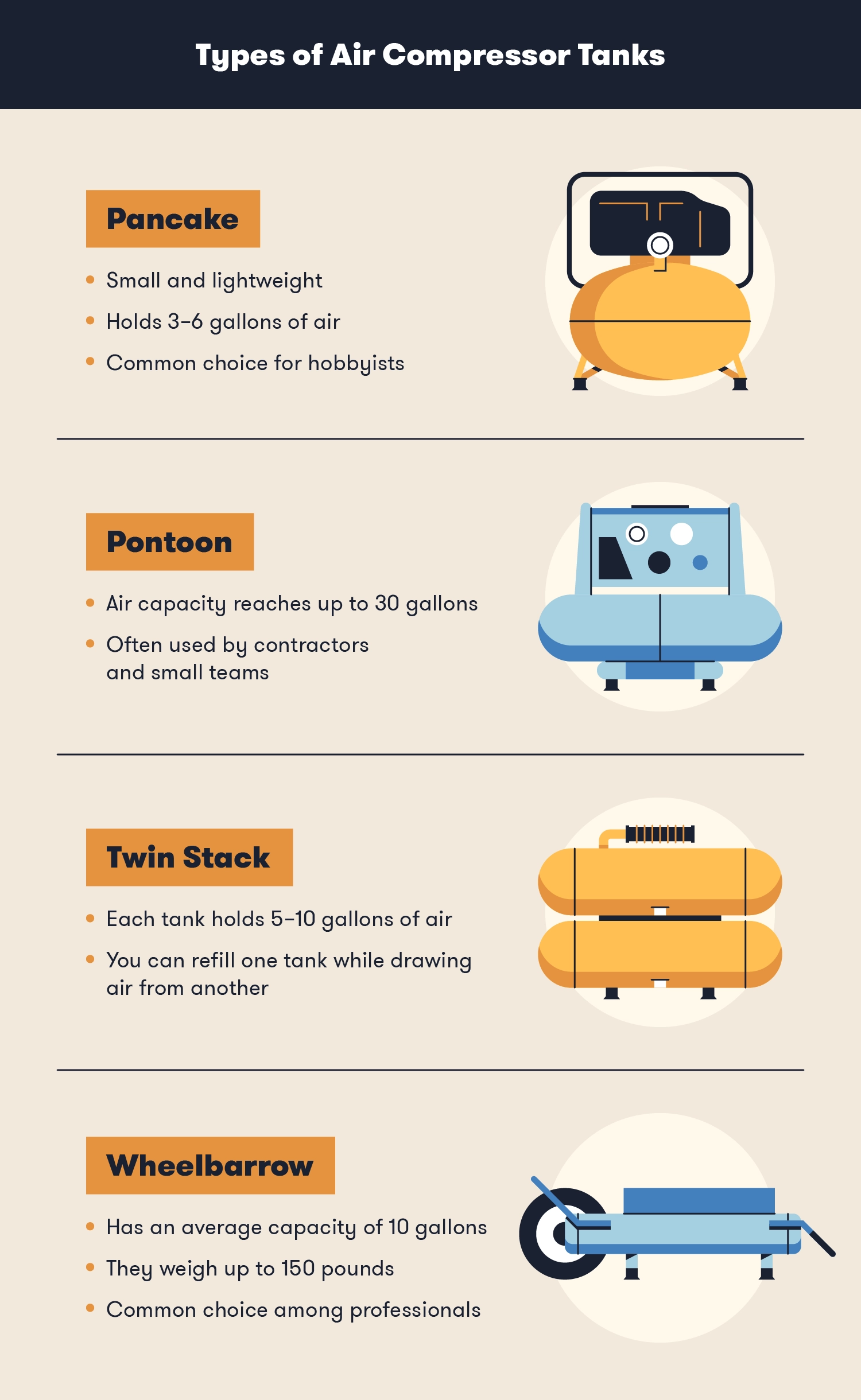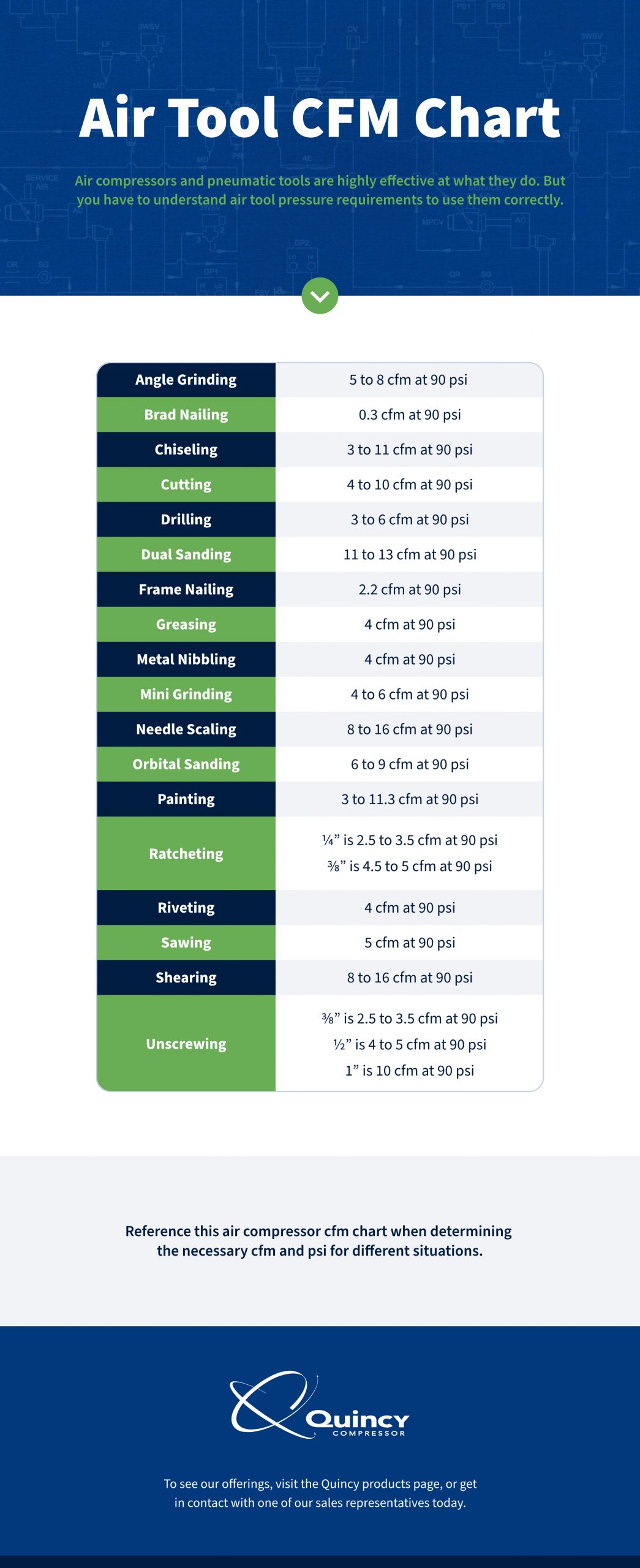For air tools, the required PSI typically ranges from 70 to 90 PSI. Check your tool’s manual for specific requirements.
Choosing the correct PSI for your air compressor is crucial for optimal tool performance. Different air tools have varying PSI needs, which directly impact their efficiency and lifespan. Understanding these requirements helps in achieving consistent and effective results. Most air tools, such as nail guns and impact wrenches, operate efficiently within a range of 70 to 90 PSI.
It’s essential to consult the user manual of your specific tool to determine its exact PSI requirement. By doing so, you ensure that your air compressor can deliver the necessary power, avoiding underperformance and potential damage to your tools.
Basics Of Psi
Understanding Psi is essential for using air tools efficiently. Psi stands for pounds per square inch. It measures the pressure of air in the compressor. Knowing the right Psi helps in choosing the right air tools.
What Is Psi?
Psi is a unit that measures air pressure. It tells how much force the air has in a small area. For air compressors, the right Psi ensures the tool works properly. Too low or too high Psi can affect performance.
How Psi Affects Performance
The performance of air tools depends heavily on Psi. Tools need specific Psi to function well. Below is a table that shows common air tools and their Psi requirements:
| Air Tool | Required Psi |
|---|---|
| Impact Wrench | 90-100 Psi |
| Air Hammer | 90-100 Psi |
| Paint Sprayer | 40-60 Psi |
| Air Drill | 70-90 Psi |
If the Psi is too low, the tool will not work well. The tool might be slow or weak. If the Psi is too high, the tool could get damaged. Always check the tool’s manual for the correct Psi.
Having the right Psi ensures optimal performance of your air tools. This leads to better efficiency and longer tool life.

Types Of Air Tools
Air tools are versatile and essential for many tasks. They rely on compressed air to function. Knowing the right psi requirements for each tool ensures efficiency and safety. Below, we’ll explore common air tools and their psi needs.
Common Air Tools
There are many types of air tools available. Each has its unique uses and psi requirements. Here are some common ones:
- Air Impact Wrench: Used for tightening and loosening bolts.
- Air Ratchet: Ideal for automotive repairs.
- Air Drill: Perfect for drilling holes in various materials.
- Air Hammer: Used for chipping and cutting.
- Air Paint Sprayer: Provides even paint coverage.
Psi Requirements For Different Tools
Each air tool has specific psi needs. Matching the correct psi ensures optimal performance. Here’s a table detailing the psi requirements for different tools:
| Air Tool | Minimum Psi | Maximum Psi |
|---|---|---|
| Air Impact Wrench | 90 | 120 |
| Air Ratchet | 70 | 90 |
| Air Drill | 70 | 90 |
| Air Hammer | 90 | 100 |
| Air Paint Sprayer | 20 | 50 |
Matching the right psi with the tool’s requirement is crucial. This practice not only ensures efficiency but also extends the life of the tools.
Calculating Psi Needs
Understanding the psi needs for your air tools is crucial. It ensures you choose the right air compressor for your tasks. Knowing how to calculate the psi requirements can save you time and money.
Steps To Determine Psi
- Identify the air tool you plan to use.
- Check the manufacturer’s psi rating for the tool.
- Note the highest psi rating among all your tools.
- Add a safety margin of 10-20% to the highest psi rating.
This final number is the minimum psi your air compressor should provide.
Factors To Consider
- Tool Type: Different tools require different psi levels.
- Usage Frequency: Frequent use may need higher psi.
- Environment: Cold environments may affect psi requirements.
- Compressor Efficiency: Ensure your compressor maintains the psi consistently.
Consider these factors to ensure your air tools perform optimally.
Common Psi Requirements For Air Tools
| Tool | Minimum Psi |
|---|---|
| Impact Wrench | 90 psi |
| Spray Gun | 40-60 psi |
| Air Hammer | 90 psi |
| Brad Nailer | 60-100 psi |
Refer to this table for common psi needs of popular air tools.

Matching Air Compressors To Tools
Choosing the right air compressor for your air tools can be a challenge. The key is to match the compressor’s specifications to the tool’s requirements. This ensures optimal performance and extends the life of both the compressor and the tools.
Compressor Specifications
The first step is understanding the compressor specifications. Important factors include:
- PSI (Pounds per Square Inch): Measures the air pressure.
- CFM (Cubic Feet per Minute): Measures the air volume.
- Tank Size: Affects the storage capacity of compressed air.
Look at these specifications to find a compressor that meets your tool’s needs.
Ensuring Compatibility
It’s crucial to ensure compatibility between your air compressor and air tools. Follow these steps:
- Check the tool’s PSI requirement.
- Ensure the compressor’s PSI matches or exceeds this value.
- Verify the tool’s CFM requirement.
- Ensure the compressor’s CFM meets or exceeds this value.
Matching the PSI and CFM ensures your air tools work efficiently without straining the compressor.
| Tool | PSI Requirement | CFM Requirement |
|---|---|---|
| Impact Wrench | 90 PSI | 4 CFM |
| Spray Gun | 40 PSI | 6 CFM |
| Air Hammer | 90 PSI | 3 CFM |
Use this table to match your tools with the right air compressor. Proper matching ensures better performance and longer tool life.
Energy Efficiency
Understanding energy efficiency is crucial for air compressor users. Efficient energy use reduces costs and helps the environment. Determining the right psi levels for your air tools is essential. It ensures that you don’t waste energy.
Optimizing Psi Levels
Optimizing psi levels for your air tools is vital. Each tool has a specific psi requirement. Using the correct psi ensures the tool works effectively. This leads to less wear and tear on the compressor.
- Check the manufacturer’s manual for psi requirements.
- Use a pressure regulator to maintain the right psi.
- Regularly inspect and maintain your tools and compressor.
Reducing Energy Consumption
Reducing energy consumption helps save money. It also extends the life of your compressor. By using the correct psi levels, you avoid overworking the compressor.
- Ensure all connections are airtight to prevent leaks.
- Turn off the compressor when not in use.
- Invest in Energy-efficient compressors and tools.
Proper maintenance and correct psi levels contribute to energy efficiency. This approach benefits your wallet and the planet.
Safety Considerations
Understanding safety considerations is vital for using air compressors. The correct PSI (pounds per square inch) ensures safe and efficient operation. Incorrect PSI can lead to equipment failure or personal injury.
Safe Psi Levels
Each air tool has a recommended PSI level. Always check the manufacturer’s guidelines.
Here is a simple table for common air tools:
| Tool | Recommended PSI |
|---|---|
| Impact Wrench | 90-100 PSI |
| Air Ratchet | 70-90 PSI |
| Paint Sprayer | 20-50 PSI |
| Air Drill | 70-90 PSI |
Preventing Overpressure
Overpressure can damage tools and cause injuries. Follow these tips to prevent it:
- Use a pressure regulator.
- Monitor PSI levels continuously.
- Never exceed the recommended PSI.
Using a pressure relief valve can also help. It automatically releases excess pressure.
Always prioritize safety when operating air compressors. Proper PSI management ensures long tool life and user safety.
Maintenance tips
Maintaining your air compressor ensures it performs well and lasts longer. Regular maintenance helps in achieving the desired Psi requirements. Let’s explore some essential maintenance tips.
Regular Checks
Perform regular checks on your air compressor. Check the oil levels, filters, and belts. Ensure everything is in good condition.
Inspect the air hoses for any leaks or damages. Replace any faulty parts immediately.
- Check oil levels weekly.
- Inspect filters monthly.
- Examine belts quarterly.
Troubleshooting Issues
Sometimes, air compressors face issues affecting the Psi output. Here are some common problems and solutions:
| Issue | Solution |
|---|---|
| Low Psi output | Check for leaks and tighten connections. |
| Overheating | Ensure proper ventilation and clean the cooling fins. |
| Noisy operation | Inspect for loose parts and secure them. |
Always refer to the user manual for specific troubleshooting tips. Regular maintenance keeps your compressor in top shape.

Frequently Asked Questions
What Psi Is Needed For Air Tools?
Most air tools require 70-90 PSI to operate efficiently. However, some tools may need higher or lower PSI. Always check the tool’s manual for specific requirements.
How To Determine Psi For An Air Compressor?
Determine the PSI by checking the air tool’s manual. Match the compressor’s PSI output to the tool’s requirements. Ensure the compressor can maintain the necessary PSI for continuous operation.
Can Too Much Psi Damage Air Tools?
Yes, too much PSI can damage air tools. Excessive pressure can cause wear and tear or even break the tool. Always use the recommended PSI for each tool.
Is 150 Psi Enough For Most Air Tools?
150 PSI is generally more than enough for most air tools. Most tools operate efficiently at 70-90 PSI. However, always check the specific tool requirements.
Conclusion
Choosing the right psi for your air tools ensures optimal performance. Evaluate your tools’ requirements carefully. Match your air compressor’s capacity to your needs. Proper psi settings enhance efficiency and tool lifespan. Always consult the manufacturer’s guidelines. Invest in a quality compressor for reliable and effective results in your projects.

